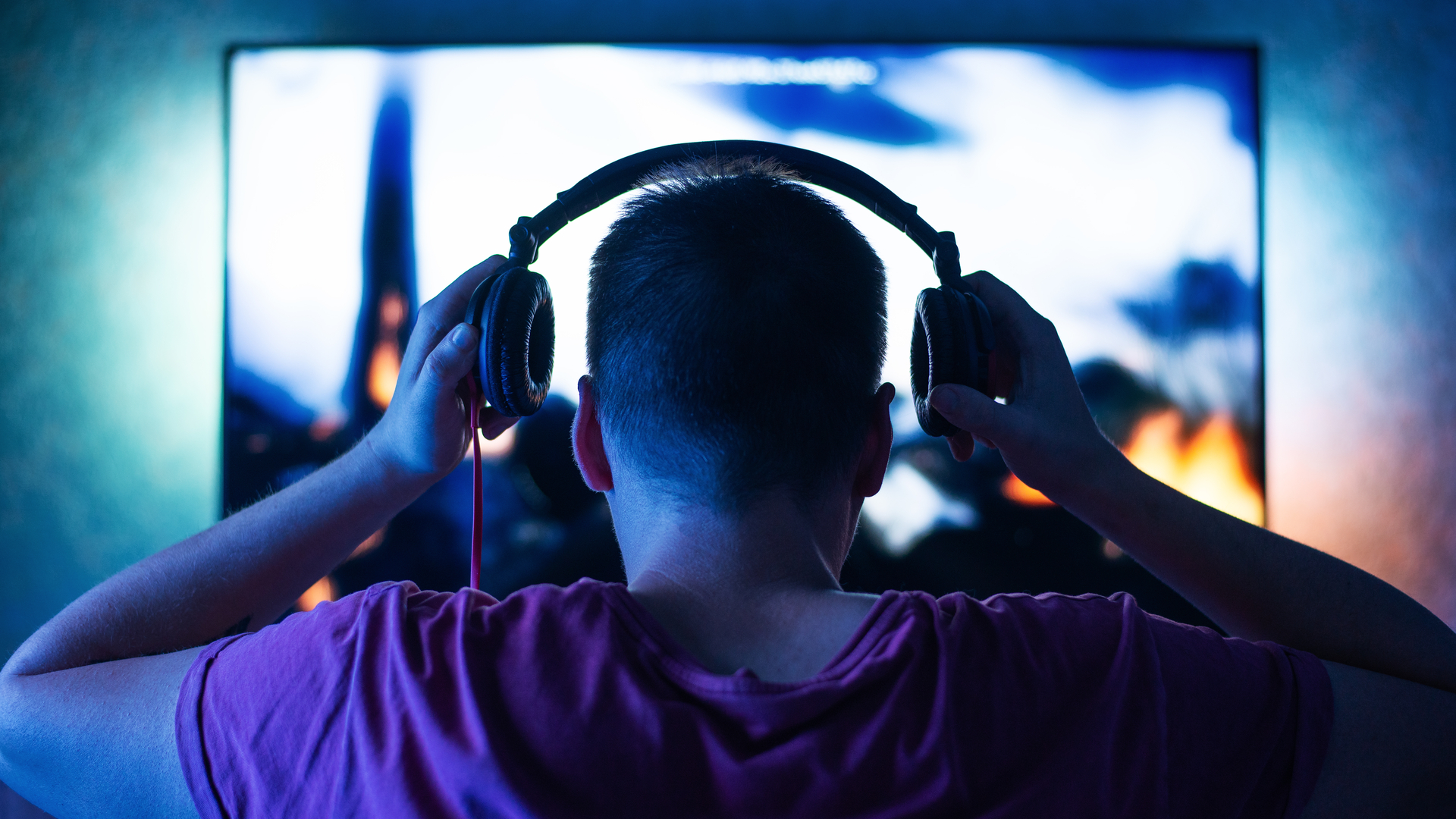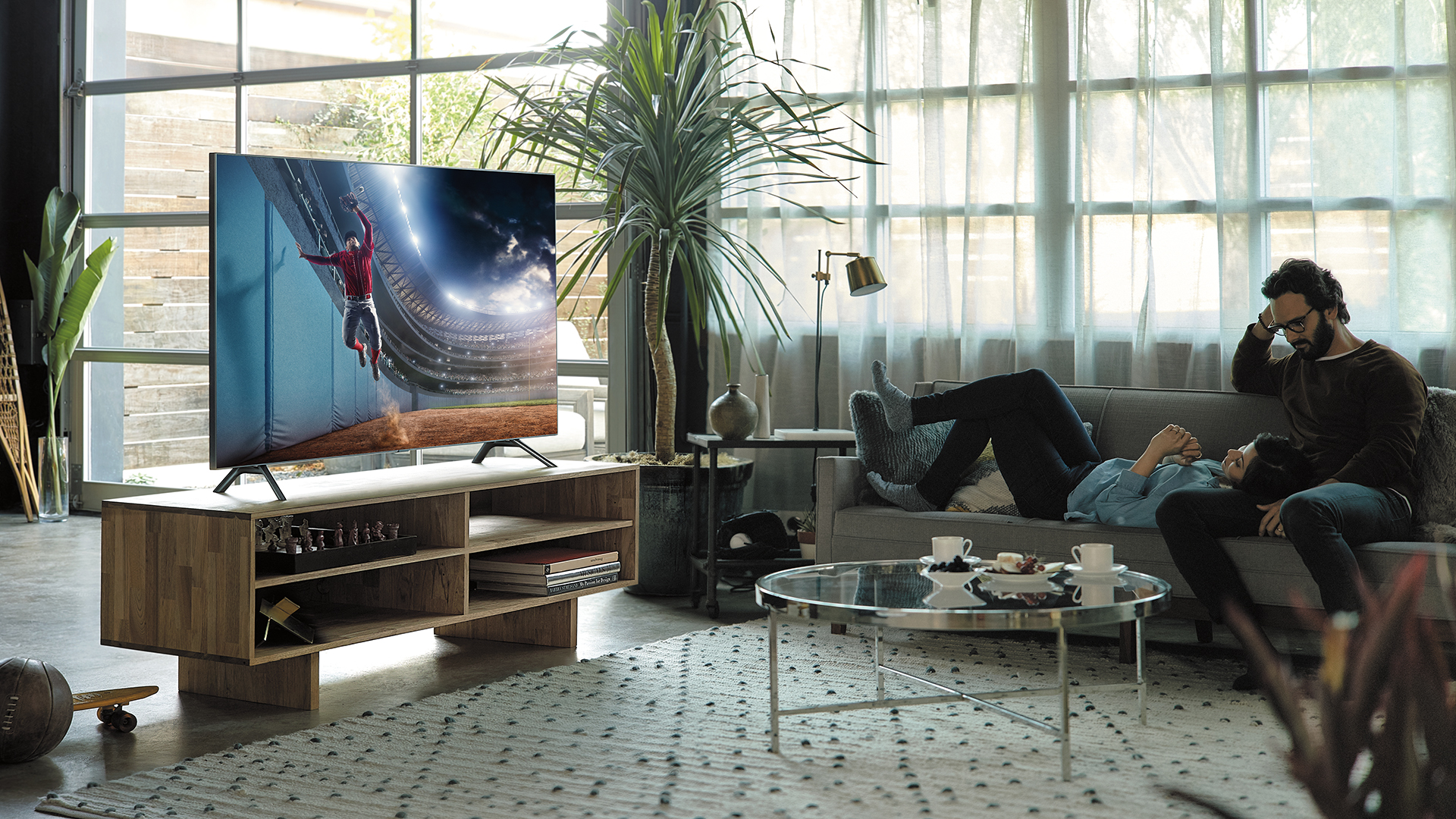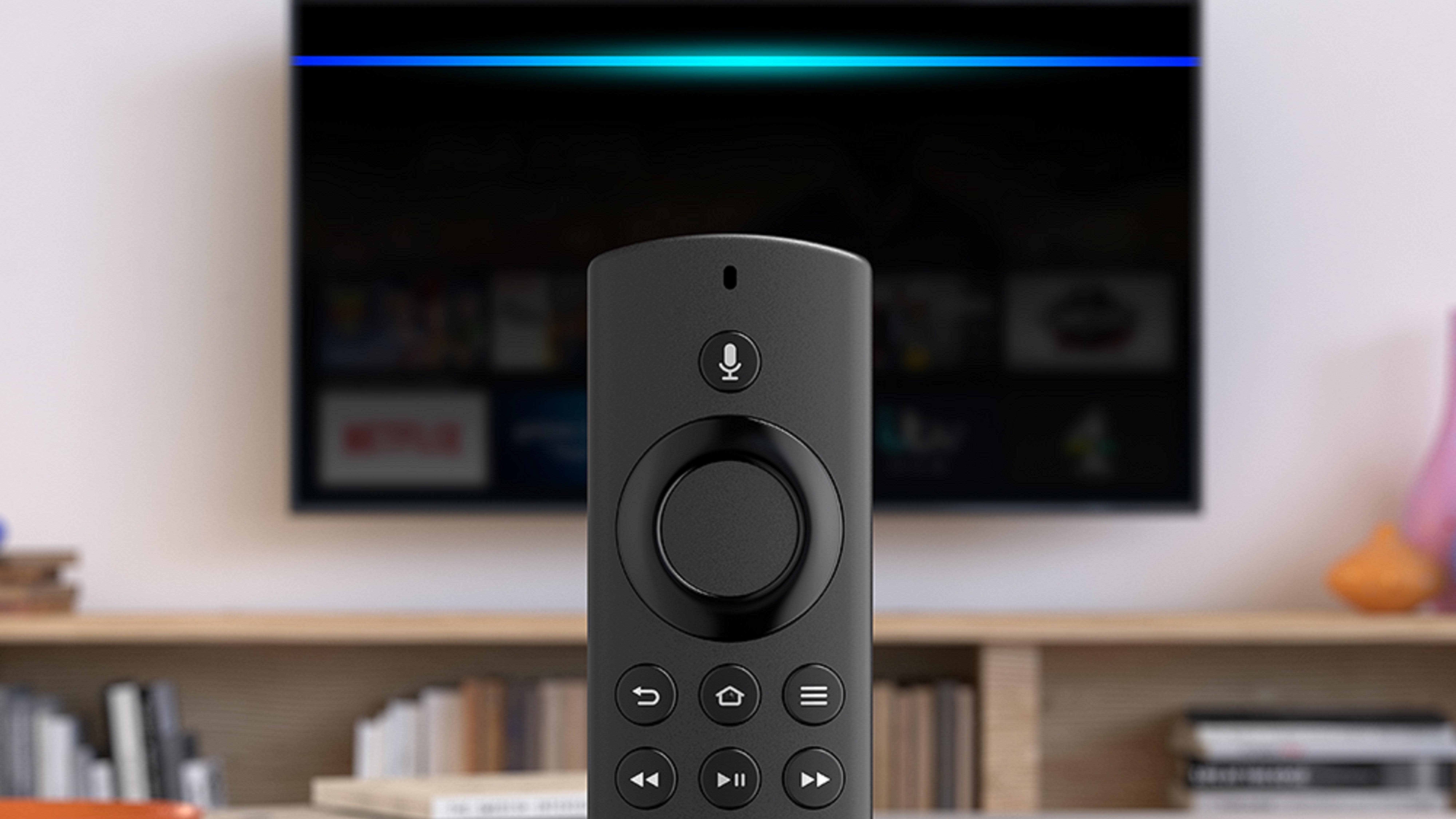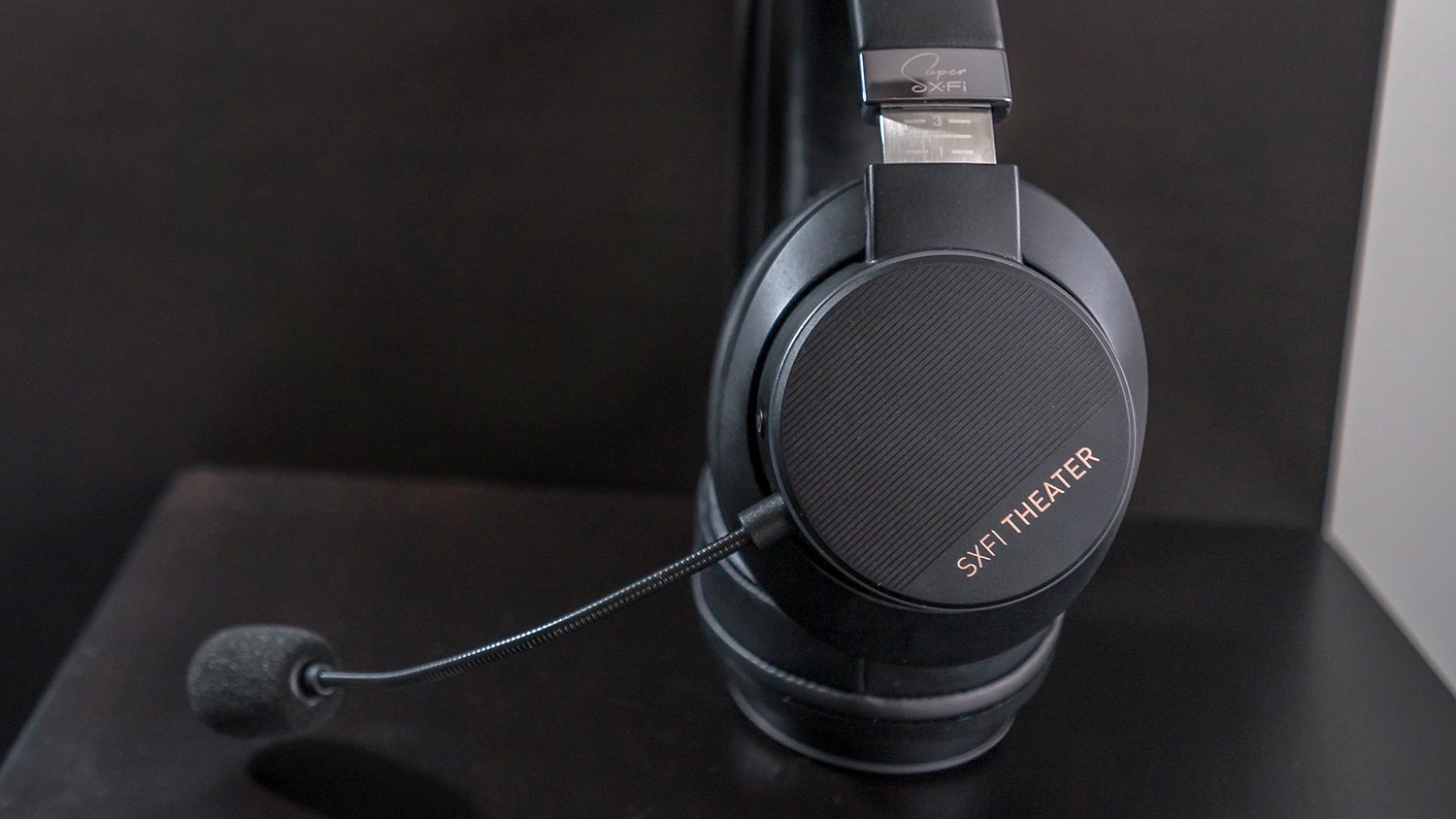How to connect wireless headphones to your TV
Watch TV in total peace

Connecting your wireless headphones to your TV is a great way to enjoy your favorite shows, movies and games without disturbing the people you live with – and it can also make your content sound better than ever.
Aside from allowing you to watch TV in peace, using a pair of headphones instead of relying on your TV’s built-in speakers means that you can simulate a home cinema speaker system without the expense of a soundbar, subwoofer and rear speakers.
If recreating a cinema system is your goal, you’ll need the right pair of headphones for the job – check out our guide on the best headphones for TV watching for our top picks – but, in theory, any decent wireless headphones will work just fine if your aim is simply to watch TV without disturbing others.
Connecting your headphones over Bluetooth does raise some issues, though: you may notice a lag between the action onscreen and the sound coming from your headphones. To avoid this, opt for wireless headphones that come with the latest Bluetooth technology and support for latency-reducing technologies such as Qualcomm’s aptX Adaptive codec.
Plus, not all TVs support Bluetooth connectivity – although you can get around this issue if you have a compatible streaming device such as the Amazon Fire TV Stick, or by buying an external Bluetooth transmitter for your TV.
If you’re really concerned about latency issues, you’ll want to use headphones that are specifically designed for connecting to a TV. Such headphones fall into two main camps: models that communicate with a Bluetooth transmitter that you insert into your TV, and those that communicate with an RF (radio frequency) base station that’s connected to your TV’s headphones port.
Whichever option you choose, connecting headphones to your TV is easy – here’s everything you need to know.
Get daily insight, inspiration and deals in your inbox
Sign up for breaking news, reviews, opinion, top tech deals, and more.
Connecting wireless headphones to your TV via Bluetooth

If your TV has Bluetooth built in, using your wireless headphones to watch TV is simple – just pop your headphones into pairing mode, and enable the Bluetooth function on your TV.
Samsung
Samsung’s TVs make connecting a pair of Bluetooth headphones (or a speaker) to your TV pretty easy – and they’re particularly good for remembering connected devices and re-connecting them when switched back on. Here’s what you need to do to connect headphones to Samsung TVs using the company’s current TV operating system.
Push the Home button on your remote, and select Settings > General > External Device Manager > Input Device Manager > Bluetooth Device List. This will set your TV to search for Bluetooth devices in pairing mode.
Make sure your wireless headphones or Bluetooth speaker are in pairing mode, and they’ll then show up in the Bluetooth Device List section of the TV menu. Select your headphones, and a notification will appear asking if you want to pair the two devices. Confirm, and you’re good to go.
From then on, any time you turn on the headphones while the TV is on, you’ll receive a notification pop-up in the right-hand corner of the screen, asking you if you want to connect audio to the headphones. This will mute the TV speakers and divert all sound to your chosen device.
If you ever want to remove a Bluetooth device, go back to the Bluetooth Device List section, hover over the headset, hit Edit then delete it.
Sony
We found that connecting Bluetooth headphones (and other Bluetooth devices) to a Sony TV can take some time, so some patience is required. First, press the Home button located on your Sony remote control and head into settings – denoted by the gear logo. From here instructions might vary slightly depending on the model, but you’ll want to scroll down until you find the Bluetooth Settings option, sometimes located under the Network & Accessories section of the menu.
Ensure Bluetooth is set to enabled and then hit Add Device. Make sure that the device you’re connecting is in pairing mode; this is usually identified by a blinking light of some kind.
Don’t be concerned if it takes a few minutes for the Sony TV to find the headphones – it took around four minutes for our Sony KD-49XE8396 to detect the device during our test. Your headphones should then appear on the right-hand side of your display; simply select them to pair the headphones to your Sony TV.
Philips
Unfortunately, not all Philips TVs support Bluetooth headphones or speakers. As such, check your TV’s manual to find out whether your model comes with Bluetooth connectivity.
If it does, switch on your wireless headphones and put them into pairing mode. Then, head to All Settings on your TV and press OK. Select Wireless and Networks > Bluetooth > Bluetooth Device > OK.
Then, follow the instructions on the screen to pair your headphones with your TV. Select the type of device (headphones, subwoofer, and so on), press Next, and then OK. If your TV doesn’t come with Bluetooth connectivity, you’ll either need to use a pair of wired headphones (as long as it has a 3.5mm audio port around the back), or purchase an external Bluetooth transmitter to plug into your display.
LG
Connecting wireless headphones to an LG TV is relatively simple, and it’s made easier still by the simplicity of the webOS platform. Head to Settings (the cog icon on the LG Magic Remote) > Sound Out (not Sound Mode) > Bluetooth Device.
Press down to select the Device List, and your TV will begin searching for Bluetooth devices – so make sure your chosen headphones are in pairing mode. Once connected, audio should come through just fine, and you’ll see a small Bluetooth icon appear on-screen when turning the volume up and down.
There’s also a Bluetooth Device + TV speaker option for those wanting some extra heft alongside their set’s built-in drivers, although this is more relevant for those connecting a soundbar than single-person headphones.
Panasonic
Most Panasonic TVs support Bluetooth pairing. To start the process, press the menu button on your remote control, then head to Setup > Bluetooth Setup > Devices. Next, hit the Bluetooth pairing button on your wireless headphones to ensure they’re ready to connect to your TV.
Your headphones should now appear in your TV’s Devices list. Hit OK – you should see the status switch to Connected.
Lots of Panasonic TVs allow you to connect multiple audio devices at one time, so you could have the sound coming out of your soundbar as well as your headphones. To do this, go to Setup > Bluetooth Setup > Bluetooth Audio Settings > Audio Output. Bear in mind that, if you go down this route, you won’t be able to adjust the volume of your headphones using your TV’s remote, only by using your headphones’ built-in controls.
TCL
Unlike other models on this list, there’s no simple menu you can go through to sync up your wireless Bluetooth headphones to a TCL TV – but, thankfully, there’s another lesser-known way that’s almost as easy.
If your TCL TV uses Roku TV, download the free Roku app from either the Google Play or Apple App Store, then go to the Devices tab and find your TCL TV from the list. Once you’ve connected it to your phone, touch the headphones button on the user interface and the sound from the TV should play through your phone’s speakers. Connect your phone via Bluetooth to your favorite pair of wireless headphones and voila! You should now be able to hear all the sounds from your TV through your headphones with some help of the Roku app.
If your TCL TV uses Android TV – there aren’t many out there that do – then follow the instructions listed above for the Sony TV models. First, press the ‘Home’ button located on your Sony remote control and head into the settings.
Hisense
On a Hisense TV, pairing a set of Bluetooth headphones is easy. Hit Menu on the remote and then navigate to Settings > System > Bluetooth > Manage Equipment. Next, grab your set of Bluetooth headphones and enable their pairing mode. Head back to the TV and your Bluetooth headphones should appear on-screen. Use the remote to select them, and you're paired.
When you next turn on your Hisense TV it will take a second or two for audio to switch from the default audio output to your headphones (if you have them turned on). If your headphones aren’t on, audio will play through the default audio output until you next switch them on.
Conversely, if you're using headphones and then switch them off, the TV will automatically switch back to the default audio output.
Connecting wireless headphones to streaming devices

If you have a streaming device such as the Amazon Fire TV – or a smart TV that uses the Fire TV platform – you can connect Bluetooth devices including keyboards, game controllers and headphones.
Just open the Settings menu > Controllers & Bluetooth Devices > Other Devices > Add New Device. Then, put your wireless headphones into pairing mode; they should pop up on the screen. Once you select them, your TV’s audio will come through your headphones.
For Android TV and Google TV devices, whether that’s a smart TV or a streaming device such as the TiVo Stream 4K, head to Settings > Remote & Accessories > Add Accessory. Pop your headphones into pairing mode and select them when they appear on-screen.
For Roku TVs and streaming devices, it’s slightly more complicated, since they don’t come with Bluetooth built in. However, you can use a feature called Private Listening, which streams your TV’s audio to your smartphone or tablet via the Roku app, after which you can plug a pair of wired headphones into your device.
Some Roku devices come with a remote that features a 3.5mm headphone port, which means you can plug in your headphones to use Private Listening without your smartphone.
Using dedicated headphones for TV

If you’re serious about avoiding latency issues and you want a cinematic sound, your best option is probably to opt for a pair of headphones that are specifically designed to be used with your TV.
Such models don’t come with Bluetooth built in, instead relying on a transmitter that plugs into your TV and communicating with your headphones over Bluetooth or RF.
Connecting headphones via RF rather than Bluetooth allows you to listen over longer wireless ranges (upwards of 300 feet), and results in less lag between your audio and the action on-screen.
If you’re after a pair of headphones for watching movies, you can’t do much better than the JVC XP-EXT1. Compatible with Dolby Atmos and DTS:X surround-sound technologies, the JVC XP-EXT1 puts a 7.1.4-channel home cinema system on your head.
The key tech at work here is Exofield, JVC’s proprietary processing algorithms that create a 3D soundfield between the two ear cups. The JVC XP-EXT1 cans are also able to upscale stereo or 5.1 audio to immersive multi-channel sound, and connect to a digital processor box via 5GHz RF; the box itself hooks up to a TV via HDMI.
If you’re planning to use your headphones for gaming, you might want to look for models that come with a detachable mic for voice chat, such as the Creative SXFI Theater.
Those who only want to use their headphones for watching TV occasionally could use a pair of regular wireless headphones – although we’d recommend opting for models that support low latency codecs such as the Bowers & Wilkins PX7, so there’s no annoying lag between your audio and what’s happening on-screen.
Using a Bluetooth transmitter
If your TV or streaming device doesn’t support Bluetooth connectivity directly, you can buy a Bluetooth transmitter to bridge the gap between your wireless headphones and your TV. These devices are usually pretty inexpensive, and can be plugged into the back of your TV.
Some Bluetooth transmitters plug into your TV’s 3.5mm audio output, although not all TV’s have this connection. You’re likely better off opting for a model that connects via your TV’s optical input, since it offers a stable digital signal and is compatible with most displays.
Olivia was previously TechRadar's Senior Editor - Home Entertainment, covering everything from headphones to TVs. Based in London, she's a popular music graduate who worked in the music industry before finding her calling in journalism. She's previously been interviewed on BBC Radio 5 Live on the subject of multi-room audio, chaired panel discussions on diversity in music festival lineups, and her bylines include T3, Stereoboard, What to Watch, Top Ten Reviews, Creative Bloq, and Croco Magazine. Olivia now has a career in PR.
